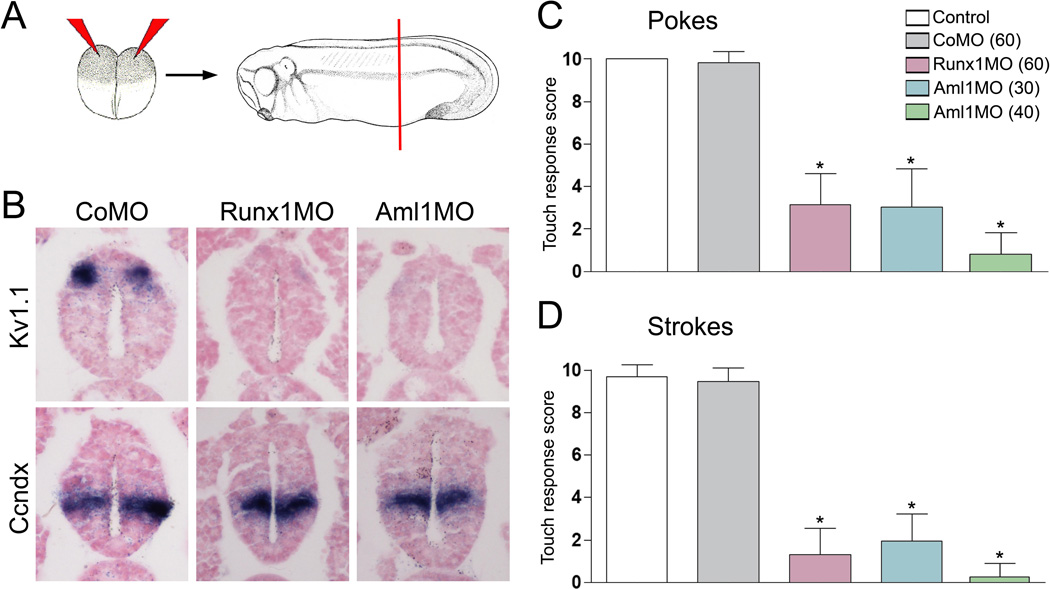Figure 5. Runx1-deficient tadpoles lack Rohon-Beard sensory neurons and lose response to touch.
(A) Two-cell stage embryos received a bilateral injection of control (CoMO), Runx1 (Runx1MO) or Aml1 (Aml1MO) morpholino antisense oligonucleotides. At stage 28 the corresponding embryos were sectioned in the trunk region (red line) and analyzed by in situ hybridization. (B) Expression of Rohon-Beard (Kv1.1) and motor neuron (Ccndx) marker genes in the spinal cord of morphant embryos. Runx1MO and Aml1MO show a loss of Kv1.1 expression, while the ventral motor neurons are largely unaffected. (C–D) At stage 32 Runx1MO and Aml1MO injected embryos have a severely reduced response to touch (pokes and strokes) as compared to control uninjected or control morpholino (CoMO) injected embryos. (C) Pokes: Control (uninjected), 10.00±0.00 (n=30); CoMO (60 ng), 9.83±0.53 (n=30); Runx1MO (60 ng), 3.14±1.45 (n=28); Aml1MO (30 ng), 3.03±1.82 (n=20); Aml1MO (40 ng), 1.00±1.19 (n=15). (D) Strokes: Control (uninjected), 9.68±0.56 (n=30); CoMO (60 ng), 9.47±0.63 (n=30); Runx1 MO (60 ng), 1.30±1.26 (n=28); Aml1MO (30 ng), 1.95±1.28 (n=20); Aml1MO (40 ng), 0.33±0.75 (n=15). Statistical significance was determined using one-way ANOVA. The values are presented as mean SEM; * = P<0.0001, versus Control and CoMO).

